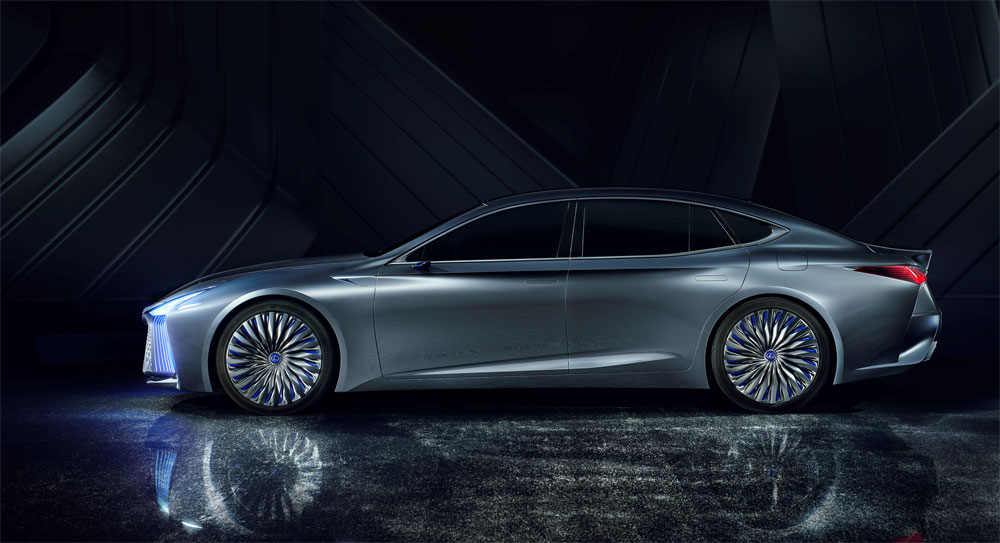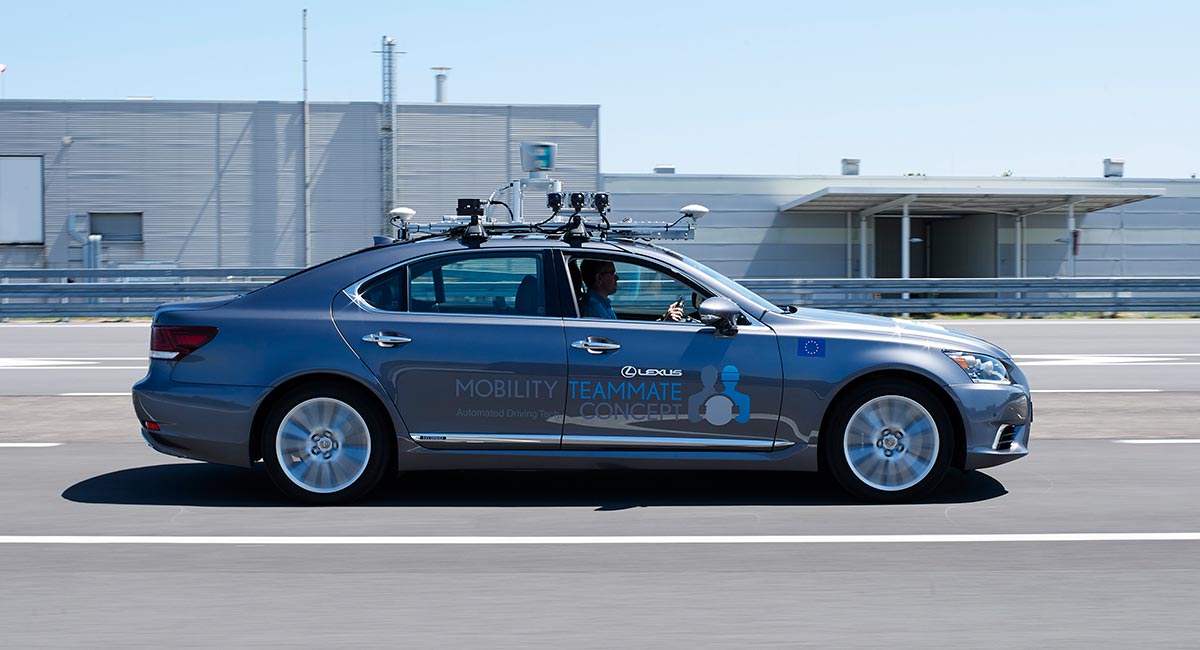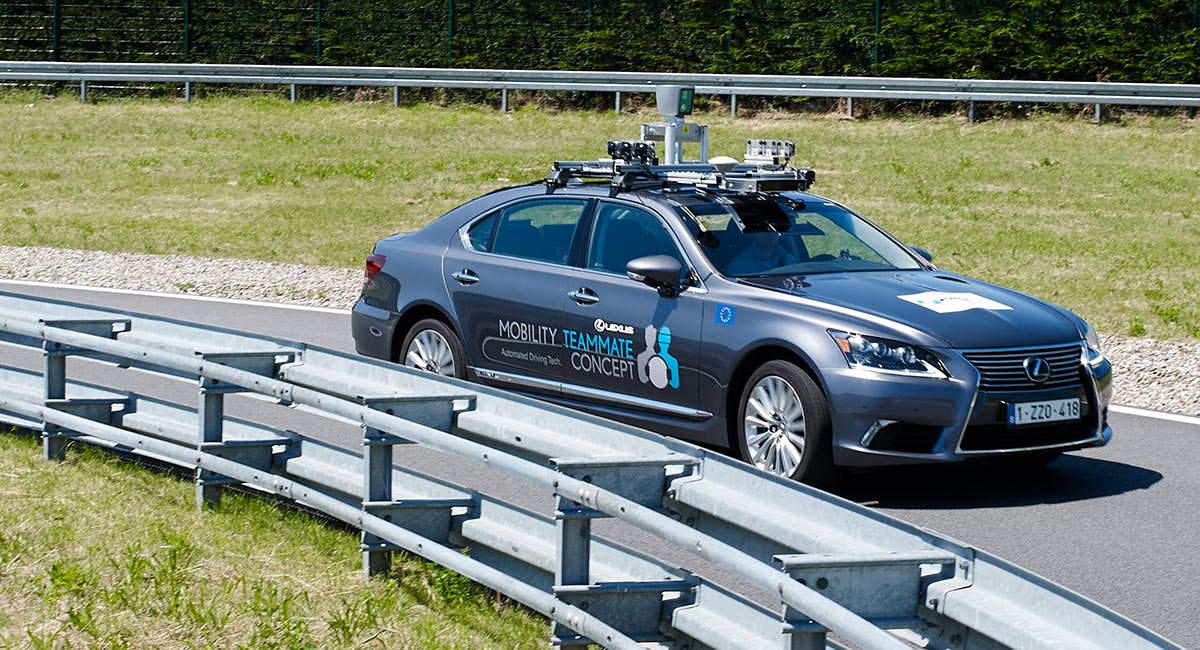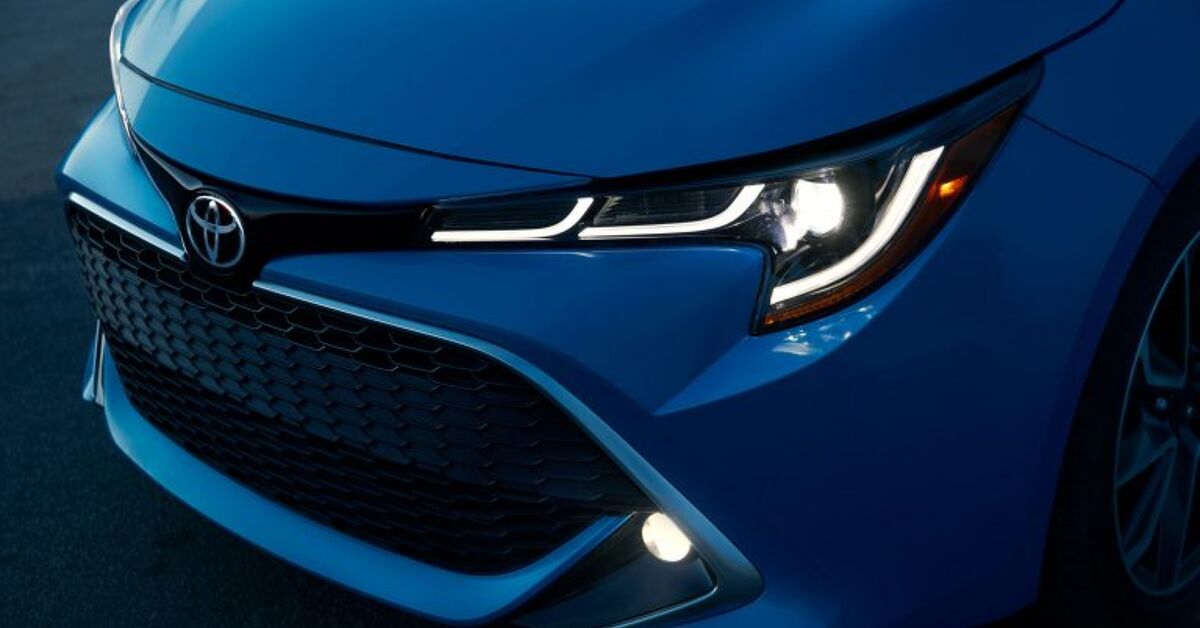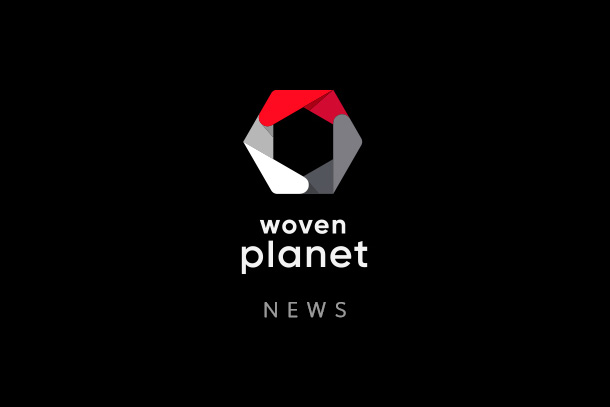Motor
Expert
- Messages
- 2,160
- Reactions
- 3,189
Toyota first customer for Nvidia's new AV simulation platform
https://www.autonews.com/mobility-report/toyota-first-customer-nvidias-new-av-simulation-platformIn the first decade of the self-driving vehicle industry, companies have accumulated roughly 15 million miles driven in autonomous mode on public roads.
That's a lot. But it's a small slice of the billions of miles that most experts agree are necessary before fleets of self-driving vehicles can be safely deployed.
Rather than wait decades to gather more experience, companies have adopted AV simulators as an essential tool for helping record mileage in cyber worlds. The movement took another step forward Monday.
Computing company Nvidia said its Drive Constellation virtual proving ground is now available for customers. The first user of the open platform will be the Toyota Research Institute, which said Monday it will integrate a number of new Nvidia products throughout its plans for training and developing automated-driving technology.
The companies made the announcements during GTC, Nvidia's annual technology conference held near its San Jose headquarters.
Constellation had been introduced during the same conference a full year earlier. Deploying it with a customer such as the Toyota Research Institute marked something of a milestone for the company, which started making graphics-processing units for the video game industry and now plays an integral role in providing computing power and artificial intelligence for more than 70 companies in the automotive industry.
"The benefit of simulation is these miles aren't just regular road miles where nothing happens, and we can control for all different scenarios," said Danny Shapiro, senior director of automotive at Nvidia. "We can make every mile count. Blinding sun, rain, snow, bad actors cutting us off, braking harshly or people jaywalking. The simulator gives us control."
Fast lane toward testing AV mettle
Constellation is a cloud-based platform that allows Nvidia's partners to integrate their own strategies, vehicle models, sensor configurations and traffic scenarios into testing parameters.
Simulation provides companies the ability to run test scenarios all day. Driving all day at 60 miles per hour, Shapiro says 1,000 vehicles in Constellation could accumulate 1.2 million miles of simulated driving per day.
Waymo, the commercially minded offspring of Google's self-driving car project that made its debut a decade ago, has made simulation a lynchpin of its testing-and-validation strategy. While the company's vehicles have driven more than 10 million miles in the real world, it has recorded 7 billion miles worth of simulated miles, according to its latest data.
Nvidia's Constellation is underpinned by two servers that allow for what the company calls "hardware-in-the-loop" testing. That is, one server simulates the sensor outputs from a virtual car while the second, running the company's Drive AGX computer, crunches the simulated sensor data.
In addition to allowing self-driving vehicle companies to quickly log miles, simulation provides the possibility they might one day not need expensive fleets of self-driving test cars that can number in the hundreds.
"Simulation is so vital to us," Nvidia CEO Jensen Huang said during the keynote address Monday. "In the future, instead of having thousands of autonomous-vehicle test cars, you'll have thousands of these systems. They're so much more programmable, and we can create and recreate conditions you otherwise can't."
Showcasing 'Safety Force Field'
Beyond the commercial arrival of the Constellation simulation platform, Nvidia made a series of other automotive-related announcements during the conference, which has attracted roughly 9,000 attendees and spans multiple industries, including health care and computer science.
With adoption of Constellation, Nvidia said the Toyota Research Institute will be the first customer to use the full breadth of the conmpany's self-driving solutions, from training solutions to simulation to in-car computers based on Drive AGX Xavier or Pegasus, two of Nvidia's computing platforms.
Nvidia also unveiled a new model that will help set driving policy for autonomous vehicles. Dubbed "Safety Force Field," the mathematical policies are supposed to ensure vehicles stay within their safety envelopes, and do not take actions that create or contribute to unsafe situations.
Nvidia competitor Mobileye unveiled a similar mathematical protection layer called Responsibility-Sensitive Safety in 2017.
Both have described the driving policies as something that will improve road safety.
"It's essentially a defensive driving policy that will shield autonomous vehicles from collisions," Shapiro said. "We are able to validate it in simulation, and it will be able to protect against the unpredictability of real-world traffic."

